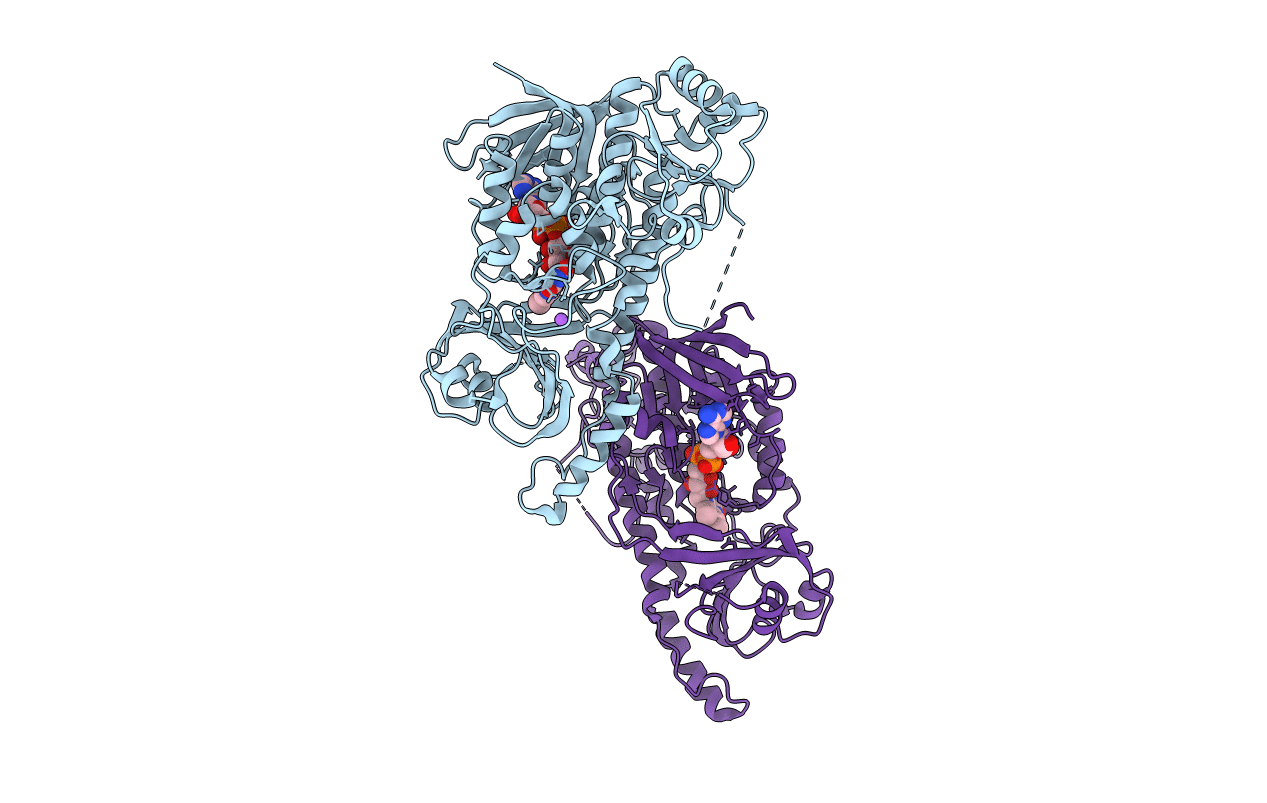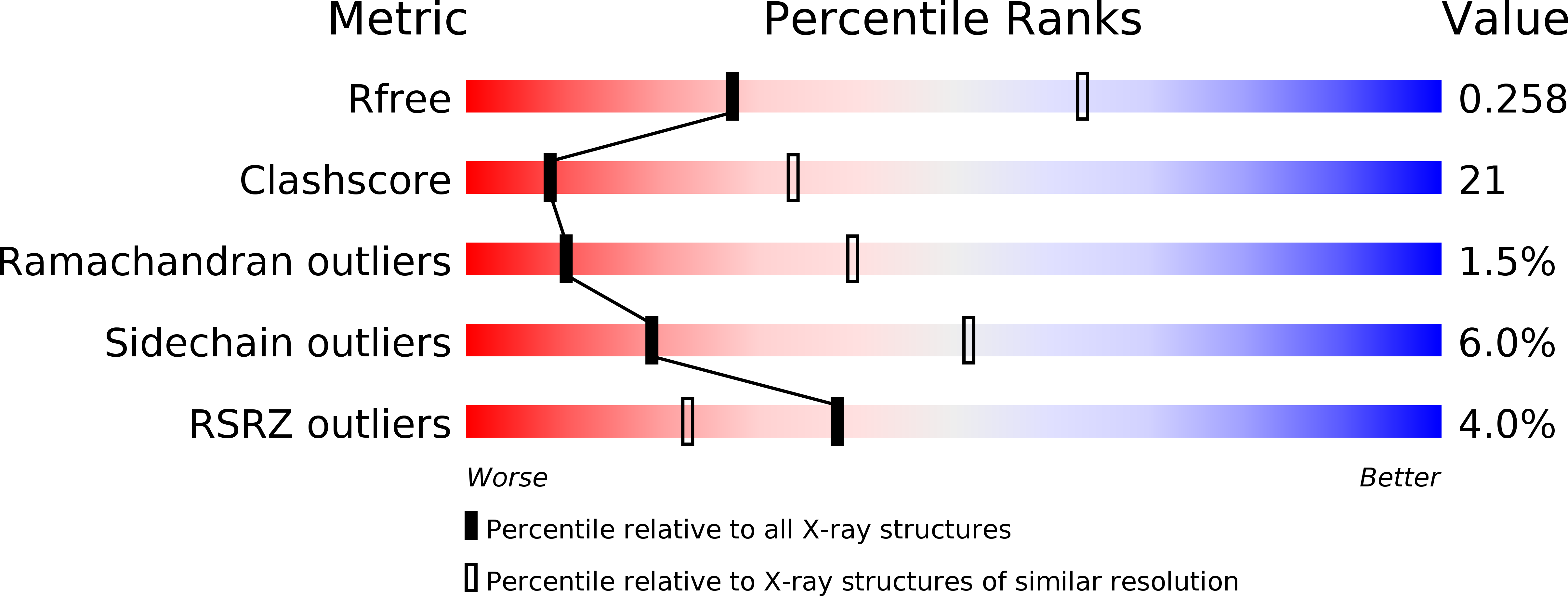
Deposition Date
2008-09-30
Release Date
2008-12-09
Last Version Date
2023-09-06
Entry Detail
PDB ID:
3EPT
Keywords:
Title:
Structure of the rebeccamycin biosynthetic enzyme RebC with reduced flavin
Biological Source:
Source Organism:
Lechevalieria aerocolonigenes (Taxon ID: 68170)
Host Organism:
Method Details:
Experimental Method:
Resolution:
2.97 Å
R-Value Free:
0.27
R-Value Work:
0.22
R-Value Observed:
0.22
Space Group:
P 1 21 1


